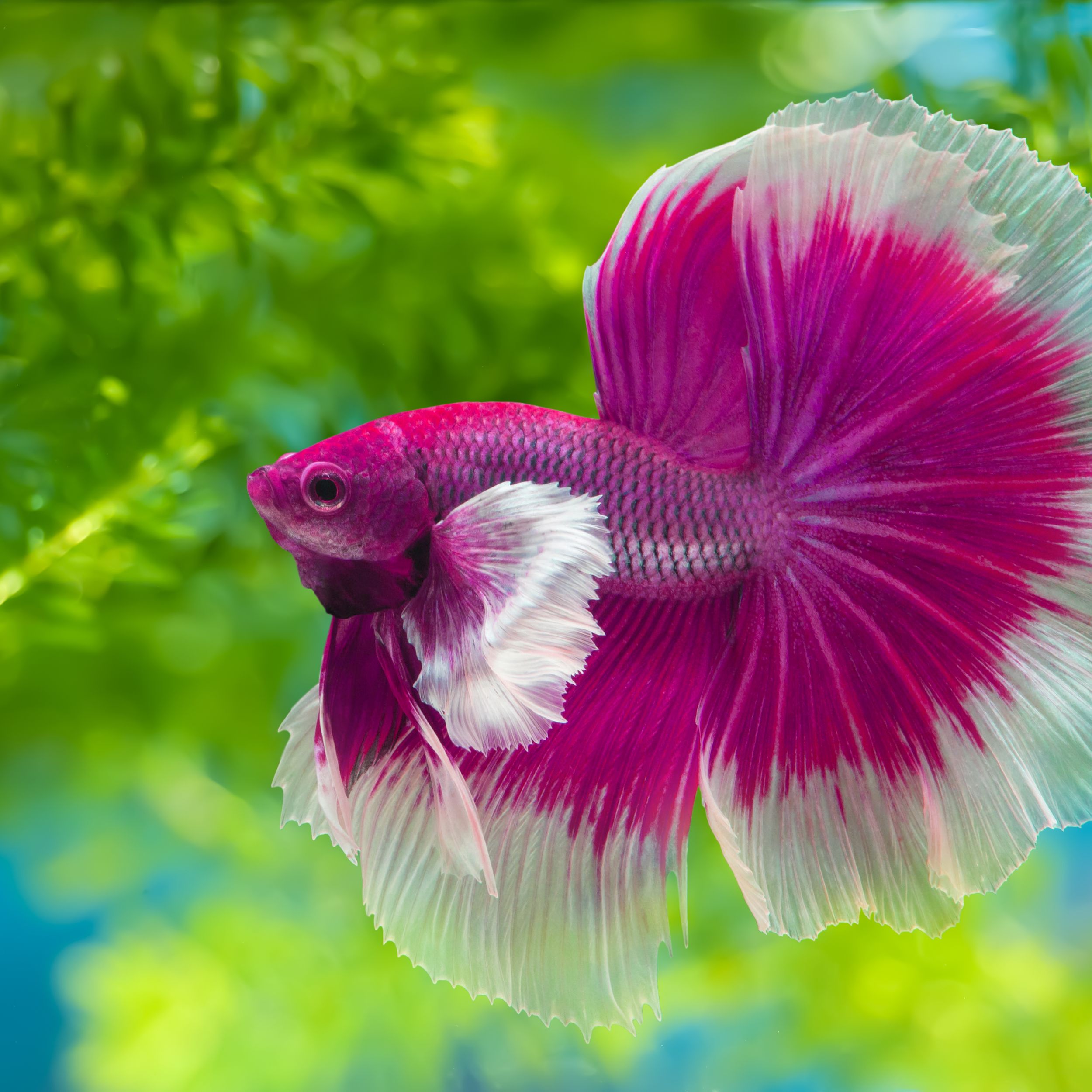All About Betta Fish: Recognizing Their Distinct Demands, Actions, and the Best Practices for Optimal Care
Comprehending the distinct demands and habits of Betta fish is necessary for any aquarist looking to supply ideal care. betta fish. As we check out these components additionally, the ramifications for both beginner and experienced fish keepers end up being progressively obvious, increasing questions regarding exactly how best to accommodate these remarkable fish in our homes.
Betta Fish Overview
Although often admired for their vibrant colors and moving fins, Betta fish, clinically known as Betta splendens, are complex animals that need certain like prosper. Originating from Southeast Asia, these freshwater fish are recognized for their territorial nature and unique behaviors. Betta fish display sexual dimorphism, with males showing a lot more dazzling colors and longer fins than ladies.
Their hostile tendencies, particularly amongst males, necessitate mindful consideration when housing them. Bettas are typically kept in single-specimen storage tanks to avoid territorial conflicts. They can exist side-by-side peacefully with particular suitable varieties in bigger community containers, provided the atmosphere satisfies their demands.

To make certain optimum care, aquarists need to understand their unique behavior attributes, nutritional requirements, and habitat needs. betta fish. With correct focus, Betta fish can show their vivid individualities and thrive in a well-maintained fish tank setting
All-natural Habitat and Environment
Betta fish prosper in a varied series of all-natural environments, primarily discovered in the superficial waters of Southeast Asia, including rice paddies, swamps, and slow-moving streams. These settings are characterized by warm temperature levels, typically in between 75 ° F and 82 ° F(24 ° C and 28 ° C ), and a pH degree varying from 6.5 to 7.5, which is ideal for their health and wellness.
In their natural environments, Betta fish are accustomed to thick plant life, giving both shelter and reproducing premises. The visibility of plants such as floating water lilies and thick yards not just offers protection from killers however also adds to the oxygenation of the water, which is necessary for their breathing requirements. Additionally, these atmospheres usually have areas of still water, enabling Betta fish to show their natural behaviors such as bubble nesting.
Understanding the all-natural environment of Betta fish is essential for fish tank enthusiasts. Duplicating these conditions-- via water temperature level, pH equilibrium, and the addition of real-time plants-- can dramatically enhance the total health and long life of these captivating fish, guaranteeing they thrive in a home fish tank setting.
Social Habits and Communications
Understanding the social actions and communications of Betta fish is crucial for effective fish tank administration. Betta fish, or Siamese combating fish, are understood for their distinct behavior characteristics, identified mostly by territoriality and aggression. Males, specifically, present highly hostile behaviors in the direction of each other, causing the infamous credibility of Betta fish as competitors. In a restricted space, 2 males can participate in violent conflicts, often resulting in injury or fatality.
Alternatively, women Bettas exhibit less hostile habits and can coexist in groups, understood as sororities, if introduced correctly. It is essential to monitor their interactions very closely, as hierarchy and prominence can lead to problems. Comprehending the characteristics within a Betta community is vital; establishing hiding places and making sure ample room can mitigate hostility.
Furthermore, Betta fish may additionally display curiosity and social actions site here in the direction of various other types. While they can exist together with particular non-aggressive container mates, it is necessary to pick suitable varieties to avoid anxiety and aggression. Overall, recognizing these social interactions is essential to promoting an unified fish tank atmosphere for Betta fish.
Crucial Treatment Standards
Giving correct care for Betta fish is critical to their health and well-being. Regular water modifications-- roughly 25% once a week-- aid keep water quality.
Betta fish call for a suitable storage tank dimension; a minimum of 5 gallons is advised to give ample space for swimming and hiding. Consist of designs and plants to develop a revitalizing setting, yet stay clear of sharp objects that might harm their fragile fins.

Lastly, ensure the storage tank is furnished with a filter to keep the water tidy, yet make use of a gentle filter to avoid solid currents that can stress the fish. By adhering to these vital care standards, proprietors can advertise a healthy and lively Betta fish.
Common Health Issues and Solutions
In the treatment of Betta fish, awareness of usual wellness concerns is important for maintaining their health. One common issue is fin rot, commonly brought on by poor water top quality or bacterial view infection. Signs consist of frayed or blemished fins. To treat fin rot, boost water conditions and think about using a broad-spectrum antibiotic.
An additional typical disorder is ich, a parasitic infection characterized by white places on the fish's body (betta fish). Treatment entails enhancing water temperature level and adding aquarium salt to the storage tank, as this can aid eliminate the parasite
Swim bladder condition is likewise regularly observed, bring about buoyancy troubles. This condition may develop from overfeeding or irregularity. A fasting period of 24-48 hours, followed by a diet go right here regimen of blanched peas, can offer relief.
Finally, bettas might experience velour illness, indicated by a gold dust-like appearance on their skin. Treatment commonly calls for drug especially designed for external parasites, alongside improved container health.
Normal monitoring of water specifications, preserving a tidy atmosphere, and offering a balanced diet are essential safety nets. By dealing with these health and wellness issues promptly, Betta fish can lead much healthier, more vivid lives.
Conclusion
In summary, successful betta fish care needs an understanding of their special needs and habits. Routine monitoring of wellness and water top quality, along with a balanced diet, contributes to the long life and vibrancy of betta fish.